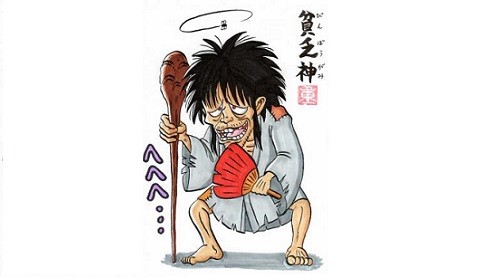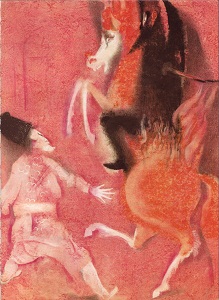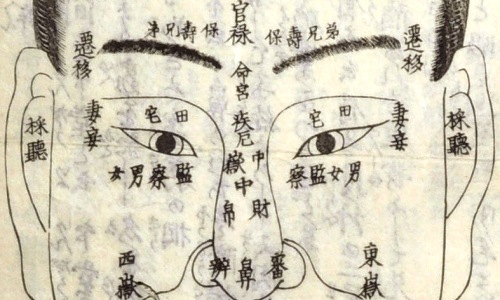The Uniqueness of Japanese Folktales

The uniqueness of Japanese Folktales. So you are studying Japanese culture. This article will give you an insight into the realm of fantasy in Japanese culture: the Uniqueness of Japanese Folktales. What is distinctive about Japanese folktales? What have the adults taught their children over generations? What ideology and philosophy do the Japanese want to convey to each other and to the whole world, through their fairy tales?
What is the uniqueness of Japanese folktales?
In a typical Japanese folktale, there will be a kind-hearted protagonist faced with adversities (which may include antagonists), and a mystic force to help the protagonist. In the end good people have good results. OK, you may detect the very motif of any other folktales all over the world. However, unlike other countries’ folk stories, where amazing magic solves all the problems, Japanese tales do not focus on the mystic force. Even with the help from god, the protagonist plays the main part in the development of the story; that is, without the will and effort of the protagonist, no problem is solved despite the presence of magic.
The example below will clarify the uniqueness of Japanese folktales.
Japanese Folktale: God of Poverty
In Osaka lives the impoverished Gohei. He fails in most business because of his timidity and reticence. When Kami (God) of the Poor visits him, Gohei could not offer the kami anything, despite his good will. The god understands Gohei’s sincerity, and tells him: “At midnight three knights – one in yellow outfit and on yellow horse, one white, the last black – will travel along the pagoda. When the first knight passes by, hold the rein of his horse. If you fail, try at the second and third knight.”
Gohei thanks the god. He waits near the pagoda. At midnight, the three knights approach, appearing fearsome. Gohei is petrified, until the yellow knight has passed by. Regaining consciousness, Gohei seizes the rein of the white horse, but it roars and gallops. Gohei tries with the last knight, and the rein slips from his shaking hand. Despaired, he spots one more horseman approaching. He seizes the horse’s rein, and the horse stops. The horseman is but the Kami of the Poor, who explains:
“You are too shy to grab one of the three Gods of Wealth: the yellow one is Kami of Gold, the white Silver and the black Bronze. You are just so cowardly you can only grab me, God of Poverty. Try again tomorrow’s night, as we four will pass the pagoda again.”
The following night Gohei waits until the yellow knight comes. Gohei willingly grips the yellow horse’s rein. It gallops away ferociously. Undaunted, Gohei grabs the white horse. It shakes him off. Summoning all his courage, Gohei snatches the last horse. It swags and almost kicks him down, but Gohei closes his eyes and wrenches his arms. The horse wears out and stops struggling. When Gohei opens his eyes, the black knight and horse has disappeared, and in his hands is a bag filled with bronze coins. Then Kami of the Poor ambles by, giving Gohei a farewell smile.
Gohei comes home, fixes his house, gets married and lives happily.
(based on Contes Japonais (Japanese folktales) – Gertrude Fritsch, Gründ – Paris, 1970)
As seen, God of the Poor does not directly solve Gohei’s prolonged adversity, but offers him opportunities, as symbolized by the imaginary Gods of Wealth. Even with such chance, if Gohei does not overcome his innate cowardice, he may remain poor for the rest of his life. The “bronze award” fits Gohei’s ability, and he deserves the happy ending not merely because he is kind, but mainly because he has struggled to win over his limitation.
The essence of Japanese folktales
Now you may have got an idea about the uniqueness of Japanese folktales. The moral of most Japanese fairy tales is not “God bless the kind”, but “The brave deserves”. A Kima (God) may give you some opportunities. If you fail to make the most of one, look for another and hold on. But if you are timid and hesitant, the opportunities just pass by. Japanese folktales often use great metaphors and allegories and convey Japanese philosophies and principles. They teach their children, and even adults, great lessons about will and courage.
We all know “Cinderella”, the most popular folktale in Europe, whose variant versions spread over continents. Poor and persecuted, Cinderella gets helped by the fairy-godmother, who makes carriage out of pumpkin and scintillating glass slippers out of nowhere. Cinderella goes to the ball, leaves there one slipper, then waits for the prince to come take her as spouse. Without the magic of godmother, Cinderella would still be doing chores. Cinderella deserves “happiness ever after” only because of her graciousness and benevolence. However, you may hardly find such an easy grant from the heaven in a typical Japanese folktale.
No wonder most Japanese are either tenacious strugglers or deep thinkers, or both. They act, fail, persist, win, and reflect on the process, crystallizing their unique philosophies. As you study Japanese culture, reading Japanese folk stories will bring not only relaxation but also deep lessons that may change your life. Indeed, the principles and morals Japanese have all absorbed as children did make Japanese one of the greatest peoples in the world.
Now you understand the uniqueness of Japanese folktales. Let’s find out more about Japanese culture at Japanese Culture



